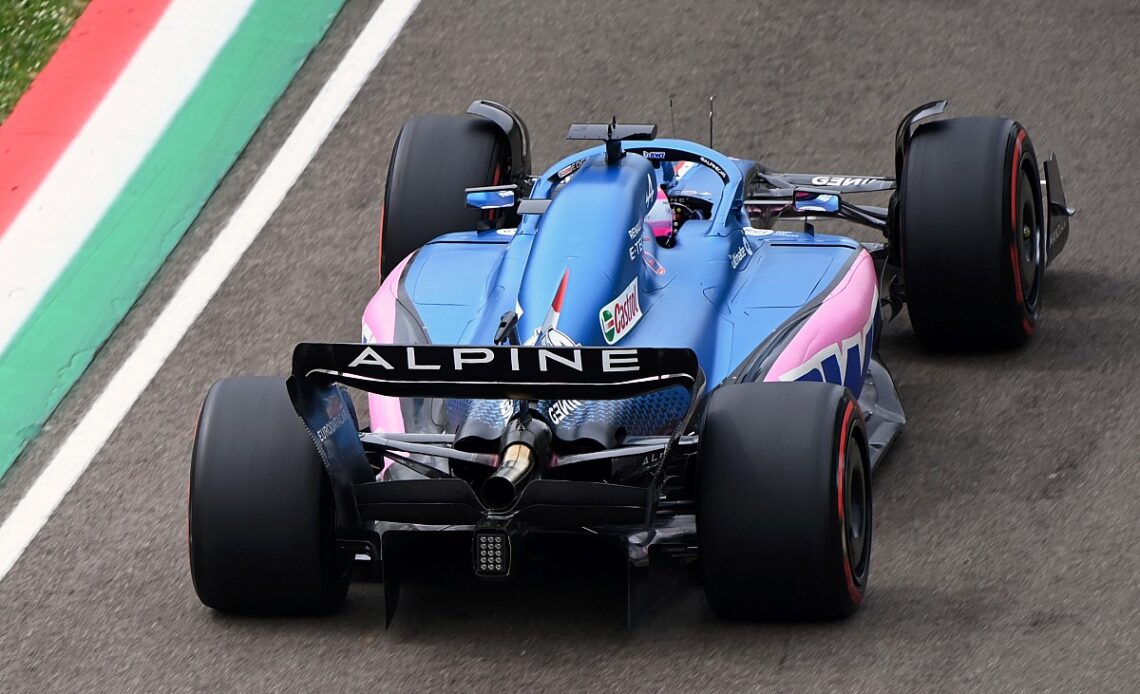Questions about whether or not the Mercedes power unit has fallen back have, for example, been clouded by its underperforming chassis and the drag levels of its high-downforce wing.
At the opposite end of the debate, at Alpine it has been hard to split how much of its progress have come from aero and how much from its engine.
What isn’t in doubt is that the all-new 2022 Renault E-tech power unit is a good chunk better than its predecessor, with the turbo hybrid certainly looking like it is closely matched to the other manufacturers.
But for Alpine executive director Bruno Famin, who is in charge of its engine programme, any intrigue over the exact horsepower figures are something he has no interest in.
That’s not because he doesn’t worry about the products he is delivering though. Instead, it’s because for him the end game is not having the most powerful engine in F1: it’s about the power unit becoming a part of the best car on the grid.
Push him on the progress Renault’s engine made on the power front this year and his response is swift.
“To be honest I don’t care about that,” he says. “What I care about is the performance of the car.
“We made some choices on the PU to have the best car. Maybe we could have done a better figure on the dyno, but with a slower car at the end.
“Instead, the A522 has been designed with the engine, and the engine has been designed to get the best compromise for the best car. We will keep working in that way.”
Esteban Ocon, Alpine A522
Photo by: Mark Sutton / Motorsport Images
One obvious change aimed at helping improve the car, rather than peak power, was Renault finally adopting the split turbo and compressor solution that Mercedes pioneered all the way back in 2014.
It was a quite significant change but one the team knew would deliver gains for Enstone.
“It’s a good example of what I was saying, it’s a better packaging mainly,” adds Famin. “It’s the type of choice we made together with…
Click Here to Read the Full Original Article at Autosport.com – Formula 1 – Stories…

